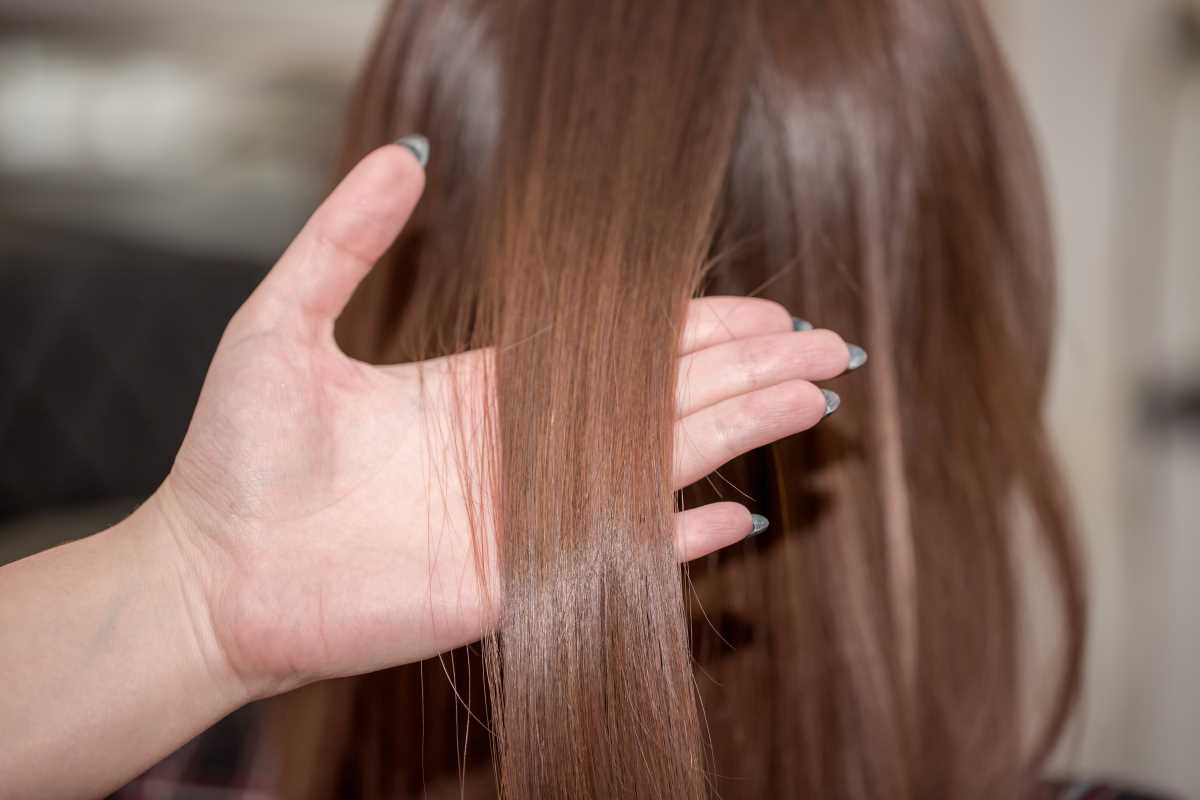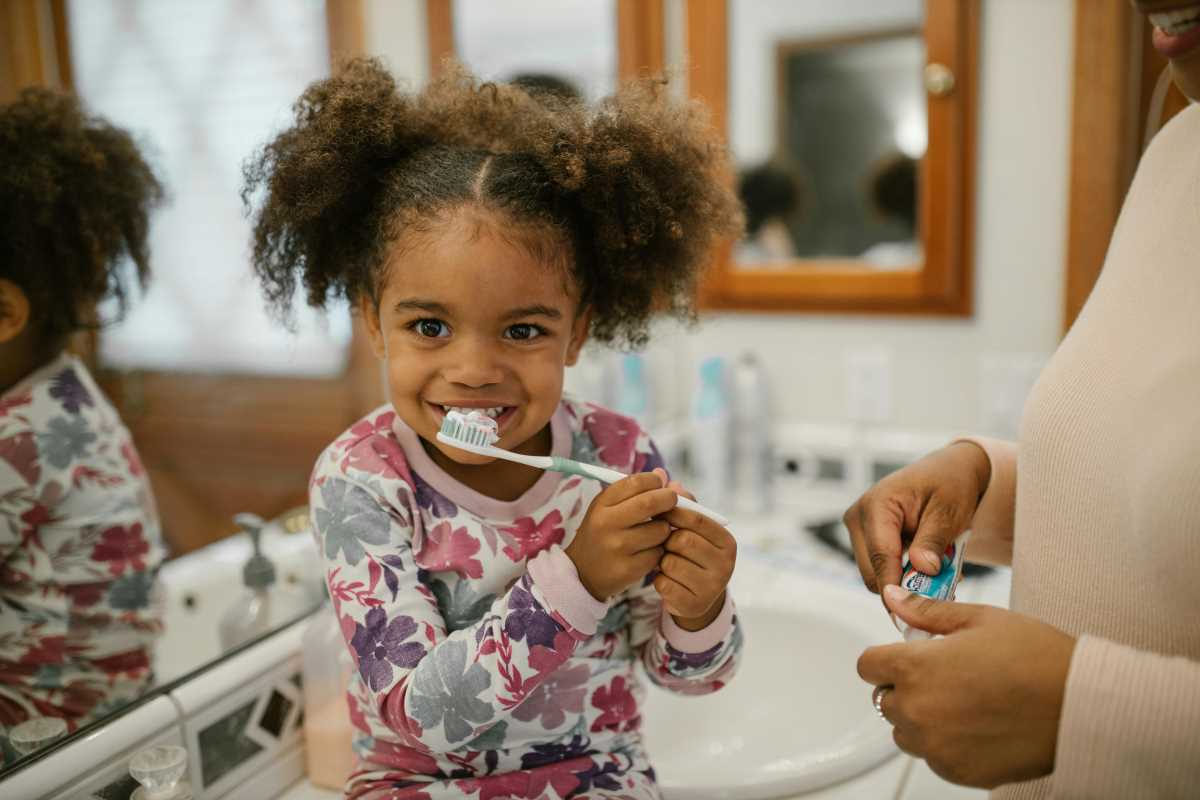Clean spaces provide a strong defense against pesky intruders that often thrive in places where hair and personal items get mixed up. When everyone treats hygiene as an enjoyable part of the day, rather than a boring obligation, the entire household benefits. Making small adjustments—such as turning daily grooming into a time for laughter or conversation—encourages everyone to participate. These simple habits help keep problems at bay and make tidiness feel less like work and more like a shared experience. By weaving these routines into daily life, families create a comfortable environment that discourages unwelcome guests from settling in.
Value arises when simple actions spread outward, protecting everyone's comfort. A playful check-in during after-school routines or a quick comb-through of brush bristles can stop a potential pest problem before it begins. This new outlook treats hygiene as an engaging family ritual, rather than a mandatory task. By weaving prevention into daily interactions, sticky situations stay far away.
Changing How We See Proactive Cleaning Routines
1. Regular Tactile Checks
Purpose: Parents and children actively inspect for irregularities in real time.
- Steps:
- After combing, use your palm to lightly run across the scalp in small sections.
- Part hair in a grid pattern, examining the roots.
- Share your findings and encourage everyone to take responsibility.
- Availability: Free and immediate.
- Insider tip: Turn checks into a quick game—time each section for a fast, fun finish.
2. Micro-Scheduling Check-Ins
Purpose: Setting mini-routines guarantees no day passes without a glance.
- Steps:
- Pick a specific time, like before bath night.
- Set a gentle reminder on a family calendar.
- Pair the check with a relaxing activity—play music or share a snack.
- Cost: No extra expense.
- Insider tip: Rotate the responsibility weekly to keep everyone involved.
3. Curated Tool Sets
Purpose: Presenting grooming tools in an appealing way encourages routine use.
- Steps:
- Use a dedicated basket for detangling combs and scalp brushes.
- Label each tool’s spot to make returning easy after use.
- Let family members decorate the basket to foster ownership.
- Metric: A tidy station cuts down cleaning time by at least two minutes.
- Insider tip: Allow family members to personalize tool handles with safe stickers.
New Approaches to Daily Safety Checks
1. Pre-Brush Preparation
Purpose: Softens tangles and decreases hair breakage for clearer inspections.
- Steps:
- Put a small amount of lightweight conditioner on damp ends.
- Gently massage from tips to mid-shaft, avoiding roots.
- Rinse lightly, towel-dry, then use a wide-tooth comb section by section.
- Cost: Less than five dollars per bottle.
- Insider tip: Mix a few drops of essential oil into conditioner for a scent cue that signals readiness.
2. Section-by-Section Comb-Out
Purpose: Ensures no strand remains unchecked, preventing unwelcome hitchhikers.
- Steps:
- Clip hair into horizontal layers with clips.
- Unclip one layer, comb from root to tip in five passes.
- After each layer, wipe the comb on a white tissue to check for debris.
- Availability: Standard combs cost under two dollars.
- Insider tip: Use a fine-tooth nit comb for the final pass to catch tiny eggs.
3. Outdoor Debrief After Play
Purpose: Clears away foreign particles gathered during recess or sports.
- Steps:
- Gather hair into a loose ponytail before going outside.
- When back inside, detatch the ponytail and brush slowly.
- Check brush bristles and wash them weekly in warm soapy water.
- Metric: Weekly cleaning of brushes cuts debris buildup in half.
- Insider tip: Keep a spare brush in sports bags to avoid mixing outside dirt with home tools.
Effective Hygiene Tools in Use
1. Ultrasonic Brush Cleaner
Purpose: Deep-cleans combs and brushes to eliminate hidden particles, lowering the risk of spreading.
- Steps:
- Fill the device with warm water and a few drops of mild shampoo.
- Submerge the brush head and activate ultrasonic cleaning for two minutes.
- Rinse the brush under running water and air-dry on a clean towel.
- Cost: About thirty dollars for home models.
- Insider tip: Run the cleaner once a week alongside household appliance maintenance.
2. Anti-Cling Detangler Spray
Purpose: Forms a slight barrier that repels tiny hitchhikers, making it harder for them to latch on.
- Steps:
- Lightly mist over dry hair daily.
- Shake hair gently to distribute the mist evenly.
- Let air-dry for two minutes before styling.
- Availability: Commonly available at drugstores for under ten dollars.
- Insider tip: Store the bottle in the fridge for a cooling effect that children enjoy.
Adding Smart Checks into Family Routines
Families who incorporate quick inspections into shared moments find prevention almost effortless. For example, turning a five-minute hair check into a post-snack chat transforms hygiene into bonding time instead of a separate chore. A brief conversation about daily adventures combined with a gentle scalp sweep feels natural and quick.
Using visual reminders also helps. Place small colorful notes near mirrors or on hair-care storage reminding everyone about “check time.” These signals work well for busy schedules. You can even create a weekly rotation chart to share responsibilities and foster teamwork. When each family member takes part, vigilance turns into a collective shield against head lice.
Wrapping Up Smart Prevention
Families can keep nuisances away without stress by viewing hygiene as an engaging activity and adding targeted tools and routines. Small, consistent habits form an effective safety net around daily life.
Stay curious and adaptable to keep routines engaging. Make cleaning a shared activity to support prevention.







